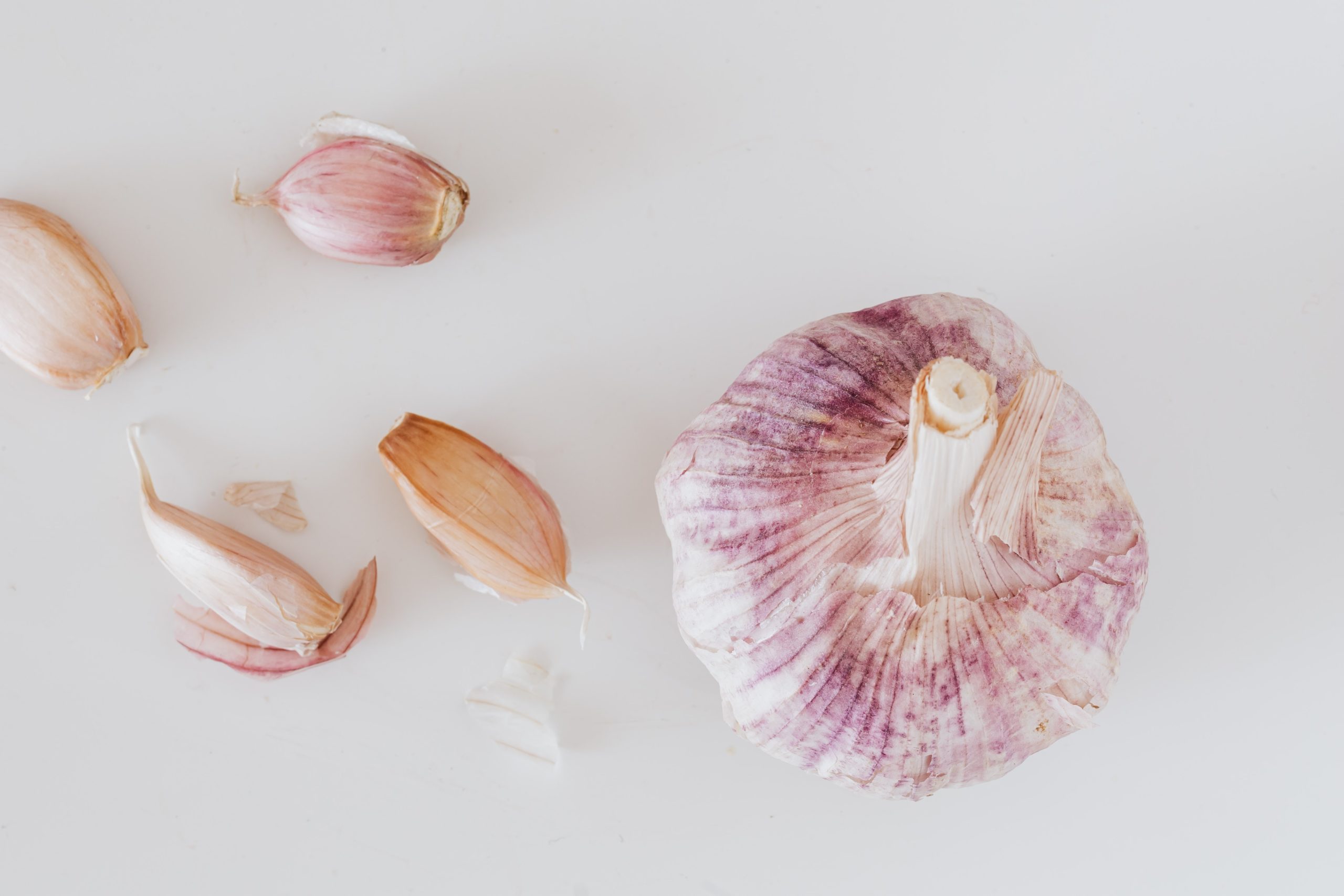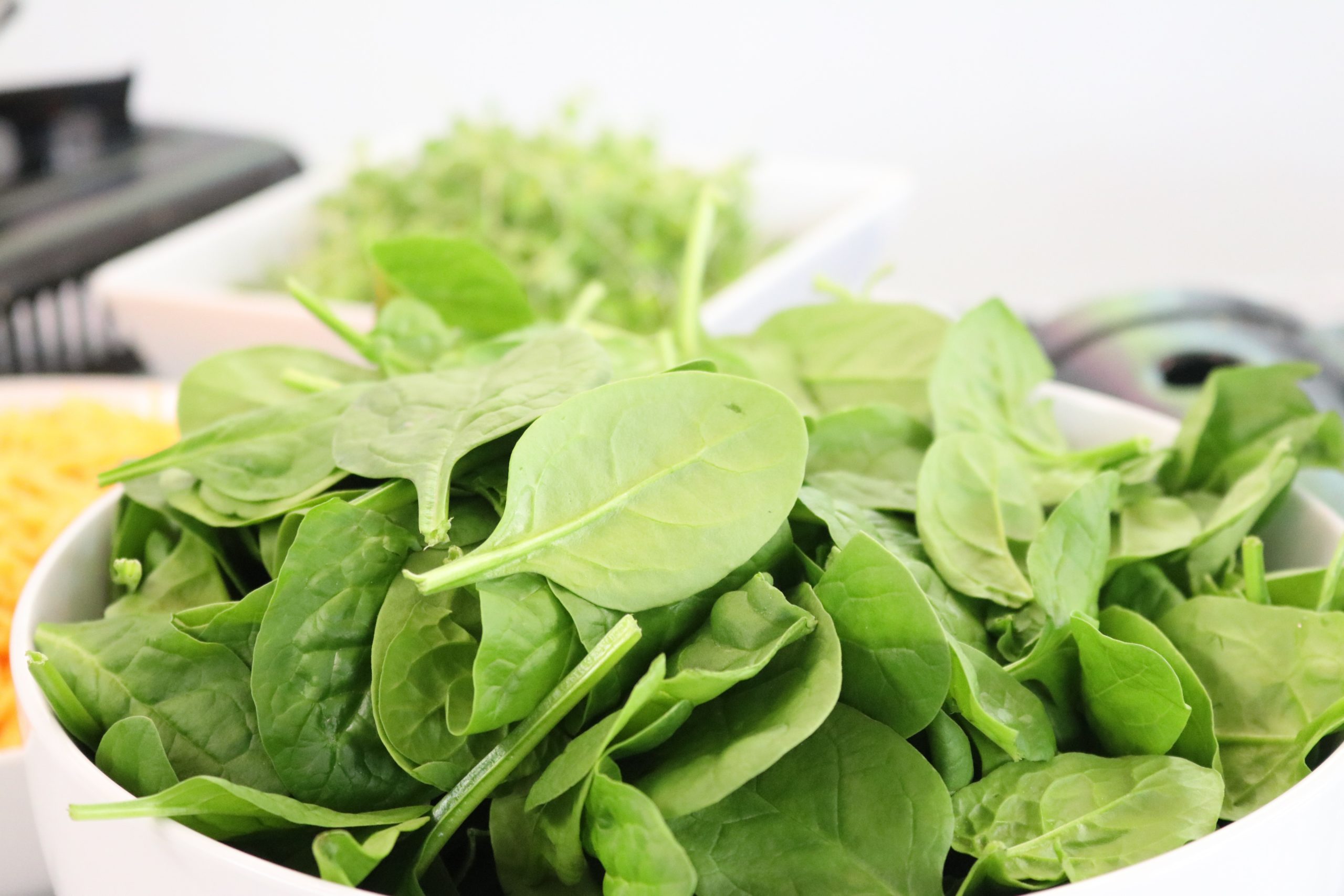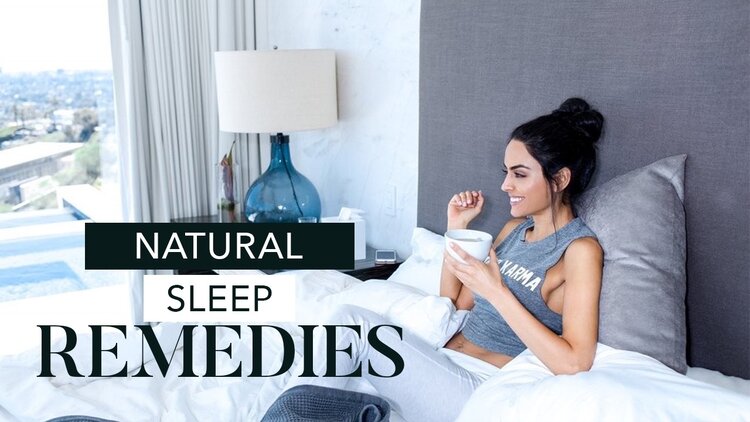The world of clean beauty can be so confusing, and there are so many different labels to consider – clean, organic, vegan, cruelty-free… Here’s a breakdown of the top 6 product qualifiers and exactly what they mean.
Vegan- no animal products.
This means no lanolin, which is wax secreted by the glands of wool-bearing animals; no milk; etc. This does not necessarily mean cruelty-free.
Cruelty-Free- not tested on animals.
This does not necessarily mean vegan!
Organic- how it was farmed: no pesticides, hormones or toxins were used.
Note that some things that are naturally occurring, like soil, water and rock, are technically organic because they don’t have any toxins, but they cannot legally be labeled organic because they cannot physically be grown.
An organic certification is also really expensive, so there are a lot of smaller brands that are technically pesticide-free, but not labeled organic because they can’t afford the certification. This is where we look at who’s behind the brand and use the honor system!
If a product is labeled organic, this means that 95% of the ingredients are organic. What you don’t want to fall for are products that say “made with organic ingredients” – this just means that one or a few of the ingredients are organic.
Natural- derived from the earth.
This is my least favorite label because it’s so ambiguous – it can come from any plant, earth species or animal.
Even worse than natural is “naturally derived.” This means that it started with something that came from the earth or an animal, but then it could have been manipulated in a lab. This is kind of a synonym for synthetic, which means that it was made by humans artificially in a lab.
BUT synthetic is not always bad… and natural is not always good. Alcohol is naturally derived; poison ivy is natural; even essential oils can irritate the skin. I actually think that when it comes to skincare, synthetic can be a little more effective. For example, if you want to extract the antioxidant from a berry, you can make it more potent in a serum versus taking the berries, crushing them up and putting them on your face.
Clean- no toxic ingredients.
There isn’t really a legal regulation on this label, so a lot of different brands can label themselves as clean, but it doesn’t necessarily mean they are. It’s a very grey area and it’s something we’re still learning. You really have to go brand by brand here and look at their ingredients.
Sustainable- good for the earth.
These brands typically use reusable packaging, have recyclable products, avoid deforestation and develop their products away from rainforests. I do find that when brands are sustainable, they tend to be more conscious of everything, and a lot of times they end up being clean for you as well. But technically, sustainable does not necessarily mean clean!
If I had to pick one qualifier that I care about the most, it would be “clean.” Clean products do not harm your skin, and just because you do not see any irritation from a not-clean product, doesn’t mean that it’s not harming your skin long-term. I think the more gentle, non-toxic ingredients we use, the better!




